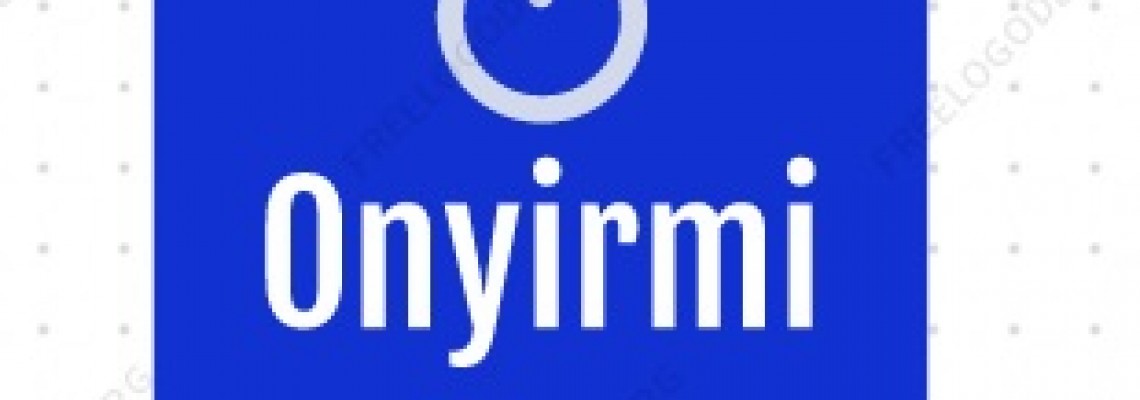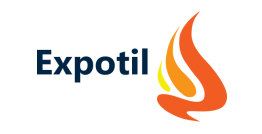
Navigating the Wholesale Textile Industry: Trends, Challenges, and Opportunities
Introduction
The wholesale textile industry plays a pivotal role in the global economy, serving as a backbone for various sectors such as fashion, interior design, automotive, and more. As demand for textiles continues to grow, wholesalers must adapt to changing market dynamics, technological advancements, and sustainability concerns. This article delves into the trends, challenges, and opportunities that define the wholesale textile landscape.
Trends in Wholesale Textile Industry
Sustainable Practices: With increasing environmental awareness, sustainable textiles have gained prominence. Wholesale textile businesses are incorporating eco-friendly materials, recycling processes, and ethical production practices to meet consumer demands for environmentally conscious products.
Digitalization and E-commerce: The digital era has revolutionized the wholesale textile industry. Online platforms facilitate seamless transactions, connecting manufacturers, wholesalers, and retailers from across the globe. This trend has accelerated due to the COVID-19 pandemic, highlighting the importance of a strong online presence.
Customization and Personalization: Consumers now seek unique and personalized products. Wholesale textile businesses are leveraging technology to offer customizable options, enabling retailers to cater to individual preferences and stay ahead of market trends.
Innovative Textiles: Advancements in textile technology have led to the development of smart fabrics, performance textiles, and sustainable materials. Wholesale textile suppliers are investing in research and development to create innovative products that cater to diverse industries.
Challenges Faced by Wholesale Textile Businesses
Supply Chain Disruptions: Global events, such as the pandemic, natural disasters, and geopolitical tensions, can disrupt supply chains, leading to delays in production and delivery. Wholesale textile businesses must implement robust contingency plans to mitigate such risks.
Competition and Price Pressures: The wholesale textile market is highly competitive, with businesses striving to offer the best quality at competitive prices. Maintaining profitability while keeping prices reasonable can be challenging, requiring a delicate balance.
Changing Consumer Preferences: Consumer preferences are constantly evolving, necessitating agility in product offerings. Wholesale textile businesses need to anticipate trends and adapt quickly to meet market demands.
Sustainability Demands: Meeting sustainability expectations involves reimagining traditional production processes and materials. Wholesale textile businesses must invest in sustainable practices, which can initially entail higher costs.
Opportunities for Growth
Eco-Friendly Initiatives: Embracing sustainability can be a significant growth opportunity. Wholesale textile businesses can collaborate with suppliers, invest in eco-friendly materials, and adopt circular economy practices to attract environmentally conscious consumers.
Digital Marketing and E-commerce: Leveraging digital platforms and e-commerce can expand the customer base beyond geographical limitations. Wholesale textile businesses should invest in user-friendly websites and online marketing strategies to tap into the global market.
Diversification of Product Range: Offering a diverse range of textiles, from traditional to innovative materials, can cater to various industries. Wholesale textile businesses can explore partnerships with startups working on novel textiles.
Education and Transparency: Educating consumers about the sourcing and production processes behind textiles can build trust and loyalty. Wholesale textile businesses can use transparency as a competitive advantage.









Leave a Comment